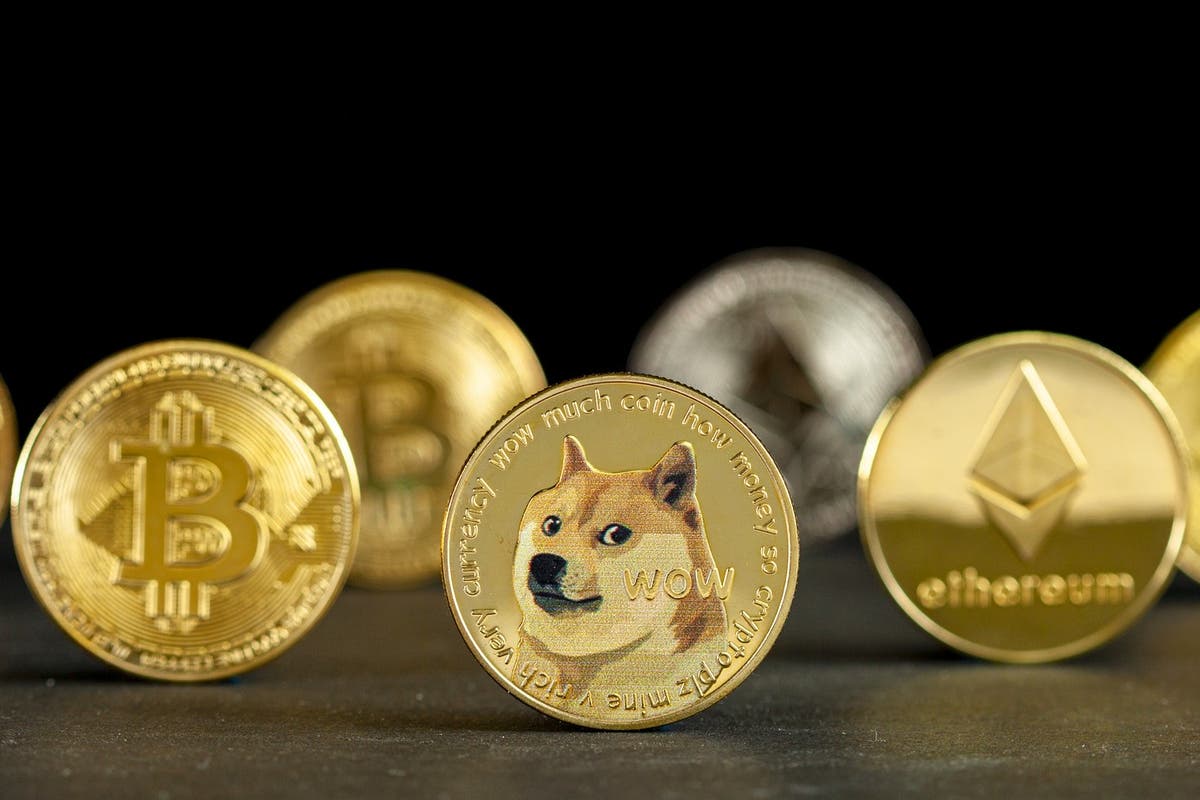Friday marks the 16th birthday of Bitcoin, the world’s first cryptocurrency.
Bitcoin, created under the pseudonym Satoshi Nakamoto on January 3, 2009, has grown from a fringe experiment used by cryptographers to become the seventh most valuable asset in the world with a market cap of nearly $2 trillion.
It has made thousands of millionaires, dozens of billionaires, and revolutionized spending for others. Bitcoin has also inspired more than 10,000 other cryptocurrencies and spawned an entire industry of crypto exchanges, digital wallets, and trading apps.
So as Bitcoin celebrates its Sweet 16, how did it get here and where might the cryptocurrency be headed?
The birth of Bitcoin and digital currency
Bitcoin was a reaction to the 2008 financial crisis, and the first Bitcoin block contained a title from that day’s version. The Times: “The Prime Minister on the eve of the second financial aid for banks”.
Nakamoto’s creation offered an alternative to traditional financing—an alternative that did not rely on banks or governments to control its supply. A white paper detailing Bitcoin describes it as a “peer-to-peer electronic cash system” that uses a network of computers to support an online ledger called a blockchain.
The blockchain, which publicly tracks the supply of Bitcoin, provides an incorruptible record of cryptocurrency transactions that no single person or institution can ever control or alter. It also forms the basic foundation for other digital currencies.
Bitcoin’s decentralized design meant that it was also borderless, requiring only an internet connection to send or spend it anywhere on Earth. While the idea was to democratize finance, its semi-anonymous nature meant that many early adopters were people who used it to buy and sell drugs and other nefarious things on the dark web.
It makes its way into the mainstream
Despite Bitcoin’s rebellious beginnings, its popularity has inevitably attracted the attention of the very traditional institutions from which it once distinguished itself.
The latest bull market, which has taken Bitcoin from below $20,000 to above $100,000 in 18 months, has been fueled by institutional demand.
In early 2024, US regulators approved the first Bitcoin exchange-traded fund (ETF), opening the market to hundreds of billions of dollars of previously untapped investors.
A landmark decision by the US Securities and Exchange Commission (SEC) has been hailed as a “historic” moment for the crypto space, pushing Bitcoin to a new all-time high. It also fueled speculation that the SEC would approve spot ETFs for other major cryptocurrencies, which finally happened this July for Ethereum — the world’s second most valuable cryptocurrency.
That same month, Donald Trump made history by becoming the first US presidential candidate to take an active interest in the crypto industry. The Republican’s appearance at the Bitcoin 2024 conference in Nashville fueled a price rally that continued to accelerate after his victory in November.
Trump has promised to make America the “world’s bitcoin superpower” when he takes office in January, and has already nominated a pro-crypto candidate to lead the SEC. The incoming president has also pledged to form a crypto advisory council and create a strategic bitcoin reserve from reserves accumulated from government seizures of cybercriminals.
The support of prominent politicians and traditional financial institutions has helped legitimize Bitcoin and other cryptocurrencies while significantly increasing their prices.
What is digital currency used for? And why so many?
The constant volatility of Bitcoin’s price—which regularly fluctuates by 10 percent or more each month—makes it impractical as an everyday payment method. Investors have likened it to a form of “digital gold” due to its limited supply and tendency to appreciate over the long term, making it a popular store of value. In December, the world’s largest asset manager, BlackRock, advised investors to allocate 2% of their portfolios to Bitcoin.
Other cryptocurrencies have emerged that are more suitable for transactions, either because of lower transaction fees, less price volatility, or an active user base. Launched in 2013, memecoin dogecoin is an unlikely currency that has been adopted by major retailers including Microsoft, Tesla and Twitch. Its popularity, utility, and low costs have even led tech billionaire Elon Musk to suggest it could one day become the “currency of the Internet.”
The majority of the 10,000 cryptocurrencies in circulation were created in an effort to offer something unique. Some increase privacy and make it impossible to track transactions or users, while others use blockchain technology to create a platform for things like smart contracts and non-fungible tokens (NFTs).
The amount of money in the crypto space has also inevitably attracted fraudsters and other cybercriminals, aided by a regulatory landscape that is still catching up to such a nascent technology. But with the latest interest from the incoming US government as well as the world’s largest financial institutions, it seems that the significant rise of digital currencies will continue.
When investing, your capital is at risk and may return less than what was invested. Past performance does not guarantee future results.












